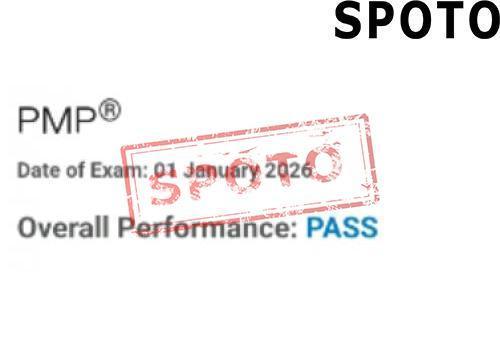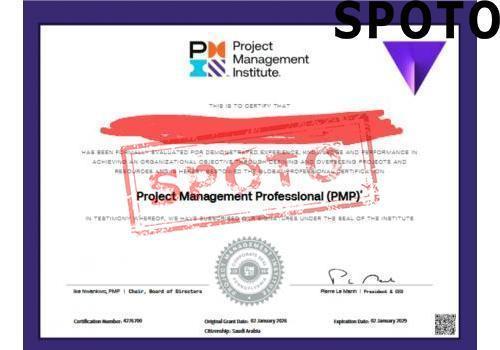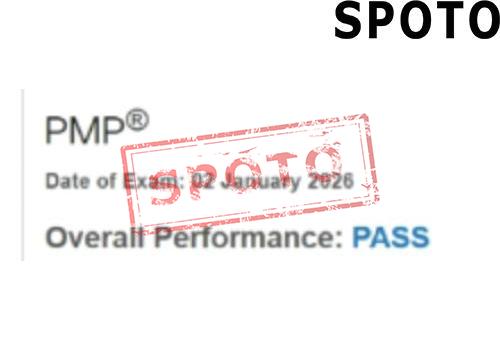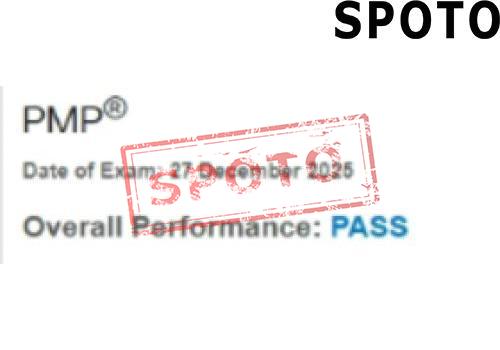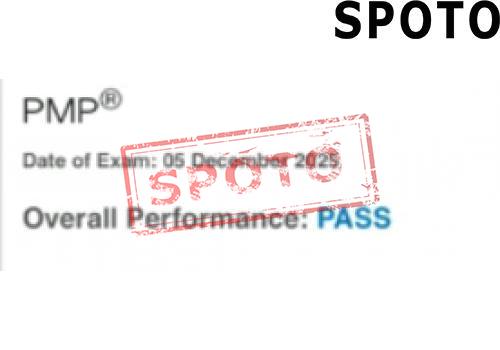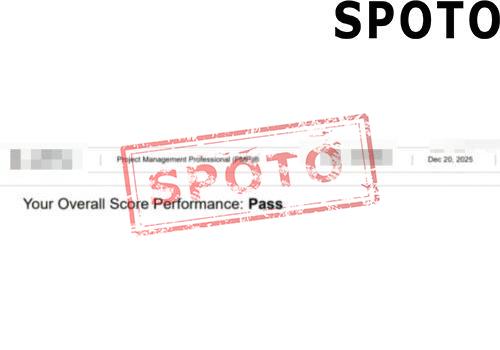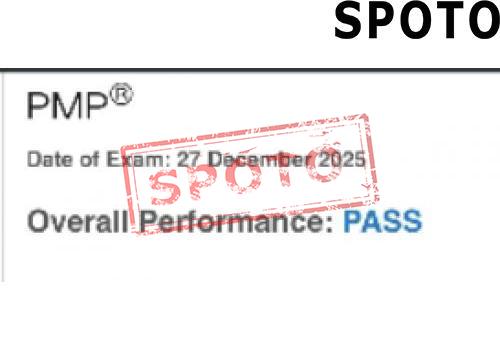
Table of Contents
Types of Histograms
In the dynamic field of project management, histograms serve as a pivotal tool, categorizing into three main types, each offering unique insights and applications. Understanding these variations is crucial for PMP certification aspirants, enabling them to leverage data visualization effectively.
Frequency Histograms
Frequency histograms, characterized by their straightforward approach to data representation, plot the number of occurrences within specific intervals, or bins. This type aids project managers in identifying prevalent data points, thus facilitating a visual grasp of distribution patterns across projects.
Relative Frequency Histograms
Diverging slightly, relative frequency histograms emphasize the proportion of each bin relative to the total dataset. This variant excels in comparative analysis, allowing managers to pinpoint relative trends and discrepancies in project data, making it indispensable for evaluating project metrics against overall outcomes.
Cumulative Frequency Histograms
Cumulative frequency histograms advance the analysis by cumulating occurrences from the first bin to the last, presenting an ascending curve. This type is particularly effective for assessing the cumulative impact of project variables, enabling decision-makers to forecast outcomes and prepare for potential project milestones with enhanced precision.
Understanding Histogram Construction
The art of crafting a histogram begins with a meticulous selection of pertinent data, a step that underpins the foundation of our graphical masterpiece. This process involves sifting through the project's data to extract significant patterns and metrics, ensuring that only the most relevant figures are portrayed.
Selecting Appropriate Data
Initiating the journey into histogram construction demands the identification of data that accurately reflects the scope and objectives of a project. This selection process is akin to choosing the perfect palette for a painting, where only the most fitting colors (or in our case, data points) are chosen to depict the project's narrative.
Determining the Number of Intervals or Bins
Following data selection, the next stride involves the deliberate determination of intervals or bins. This stage is pivotal as it shapes the granularity of our histogram. The complexity of this task lies in striking a balance between too many intervals, which may clutter the graph, and too few, which could oversimplify valuable insights.
Calculating the Width of Each Interval
With the number of intervals set, the subsequent phase entails calculating the width of each, ensuring uniformity across the histogram. This calculation is crucial for maintaining the integrity of the data representation, allowing for a coherent and navigable graphical display.
Creating the Graphical Representation
The culmination of our endeavors is manifested in the creation of the histogram itself, a graphical representation that brings to life the analyzed data. This visual construct not only encapsulates the essence of the project's data but also serves as a beacon for discerning insights and trends, indispensable for project managers and PMP certification candidates alike.
Interpreting Histograms for Project Management
Decoding histograms in the realm of project management transforms complex data into actionable insights. This visualization tool not merely presents data but unravels patterns and tendencies pivotal for strategic planning. In this section, we explore the nuances of leveraging histograms for enhanced decision-making processes.
Identifying Patterns and Trends
Scrutinizing histograms enables project managers to pinpoint recurring patterns and emerging trends within project metrics. Whether it's identifying the most common project delays or spotting fluctuations in resource usage, histograms serve as a mirror reflecting the project's health and progress.
Analyzing Project Data
By dissecting project data through histograms, managers gain a granular understanding of variables at play. This analysis goes beyond superficial observation, diving deep into the statistical undercurrents that influence project outcomes. Histograms, in this regard, act as a bridge between raw data and meaningful interpretation, guiding managers to dissect layers of information efficiently.
Using Histograms to Make Informed Decisions
Equipped with insights derived from histograms, decision-makers are better positioned to steer projects towards their objectives. From allocating resources with precision to mitigating risks before they escalate, histograms empower managers with a foresight that is both data-driven and visually grounded. The strategic application of this tool significantly enhances the quality of decisions, ensuring that every move is backed by empirical evidence.
Integrating histograms into the decision-making process enriches the project management strategy with a level of sophistication and accuracy. This proficiency not only elevates the manager's role but also optimizes project execution, laying a robust foundation for success in the dynamic field of project management.
Histograms in the PMP Certification Exam
Understanding the essence of histograms transcends mere graphical representation; it marks a pivotal skill for Project Management Professionals (PMP)®. Their application in the PMP certification exam illustrates a profound insight into project data analytics, spotlighting histograms as a tool for unveiling patterns and discrepancies in project management endeavors.
The Relevance of Histograms in the PMP Exam
Histograms, in the realm of the PMP certification exam, serve as a testament to a candidate's adeptness in data interpretation and critical analysis. This graphical tool enables examinees to demonstrate their capability in scrutinizing and deducing project performance metrics, thereby underscoring its significance.
Sample PMP Exam Questions Related to Histograms
- Describe a scenario where a frequency histogram could aid in identifying project resource allocation issues.
- Given a cumulative frequency histogram, analyze the distribution of project risks over a specific period.
- Interpret a relative frequency histogram to determine the most prevalent quality control failures in a project's lifecycle.
Tips for Mastering Histogram-Related Questions
To excel in histogram-based questions within the PMP exam, candidates should focus on honing their analytical skills by engaging in practice exercises that mimic real project scenarios. Embracing a methodology of iterative learning, where one reviews and refines their approach to interpreting histogram data, is crucial. Furthermore, integrating the study of histograms with practical applications in project management can fortify a candidate's understanding and application of this indispensable tool.
Practical Applications of Histograms in Project Management
Histograms, as graphical representations of data distribution, stand as a cornerstone in the realm of project management. Their applications span various critical areas, notably in resource allocation, risk analysis, and quality control, each showcasing the depth and versatility of histograms in orchestrating project success.
Resource Allocation
Effective resource management is pivotal to the successful execution of projects. Histograms offer a visual analysis of resource utilization, highlighting discrepancies between allocated and utilized resources. By examining the frequency distribution of resource allocation across different project tasks, managers can pinpoint areas of over or underutilization, enabling the reassignment of resources to achieve optimal balance and efficiency.
Risk Analysis
In the intricate dance of project management, risk analysis is akin to forecasting weather patterns - essential yet fraught with complexities. Histograms serve as a navigational tool, allowing managers to visualize the distribution of risk factors and their potential impact on project timelines and budgets. Through cumulative frequency histograms, the aggregation of risks over the project lifecycle is depicted, facilitating a preemptive approach to mitigating potential delays or cost overruns.
Quality Control
Quality control, the silent guardian of project standards, benefits immensely from the analytical prowess of histograms. These charts assist in identifying the variance in process outputs, highlighting deviations from desired quality levels. By analyzing the frequency of occurrences of various quality metrics, project managers can implement corrective measures to realign processes with quality benchmarks, ensuring the deliverables meet or exceed the established criteria.
In conclusion, histograms are not merely statistical tools but strategic assets in project management. They enable a granular analysis of resource allocation, provide insight into potential risk factors, and uphold quality standards, thereby fortifying the project's foundation for success. As such, mastering histograms is not just beneficial but essential for aspiring Project Management Professionals (PMP)®.
Conclusion
In the realm of project management, the ability to interpret and utilize histograms efficiently is more than a mere additive skill—it is a critical necessity. Histograms, in all their varieties, are robust statistical tools that can help determine patterns and trends, monitor resource allocation, analyze risks, and maintain quality control.
In the context of histograms and their numerous applications, they offer a comprehensive snapshot of critical data, providing project managers with precise and easy-to-understand visuals. Recognizing and understanding these patterns can lead to the optimization of resources and better project outcomes, which in turn, establishes the significance of histograms in the field of project management.
For those preparing for their PMP certification, mastering histograms is not only an integral part of the curriculum. It is also a pivotal component in ensuring your future success as a highly effective and efficient project manager. Understanding how to construct, interpret, and apply histograms can give you an edge that helps you exceed in the exam and beyond, in your endearing journey of project management.
The PMP certification journey is challenging, but arming yourself with knowledge is the most significant step you can take toward overcoming those challenges. Let the concept of histograms, no matter how complex or intricate, be a tool of empowerment, not a stumbling block. With diligence and effort, this topic can be mastered and turn into one of your strongest points.
In conclusion, never underestimate the capability of histograms or your own capacity to learn them. For combining these two powerful entities - the project manager and an effective project management tool like histograms, can substantially increase project success rate and elevate your performance in the PMP Certification exam.


